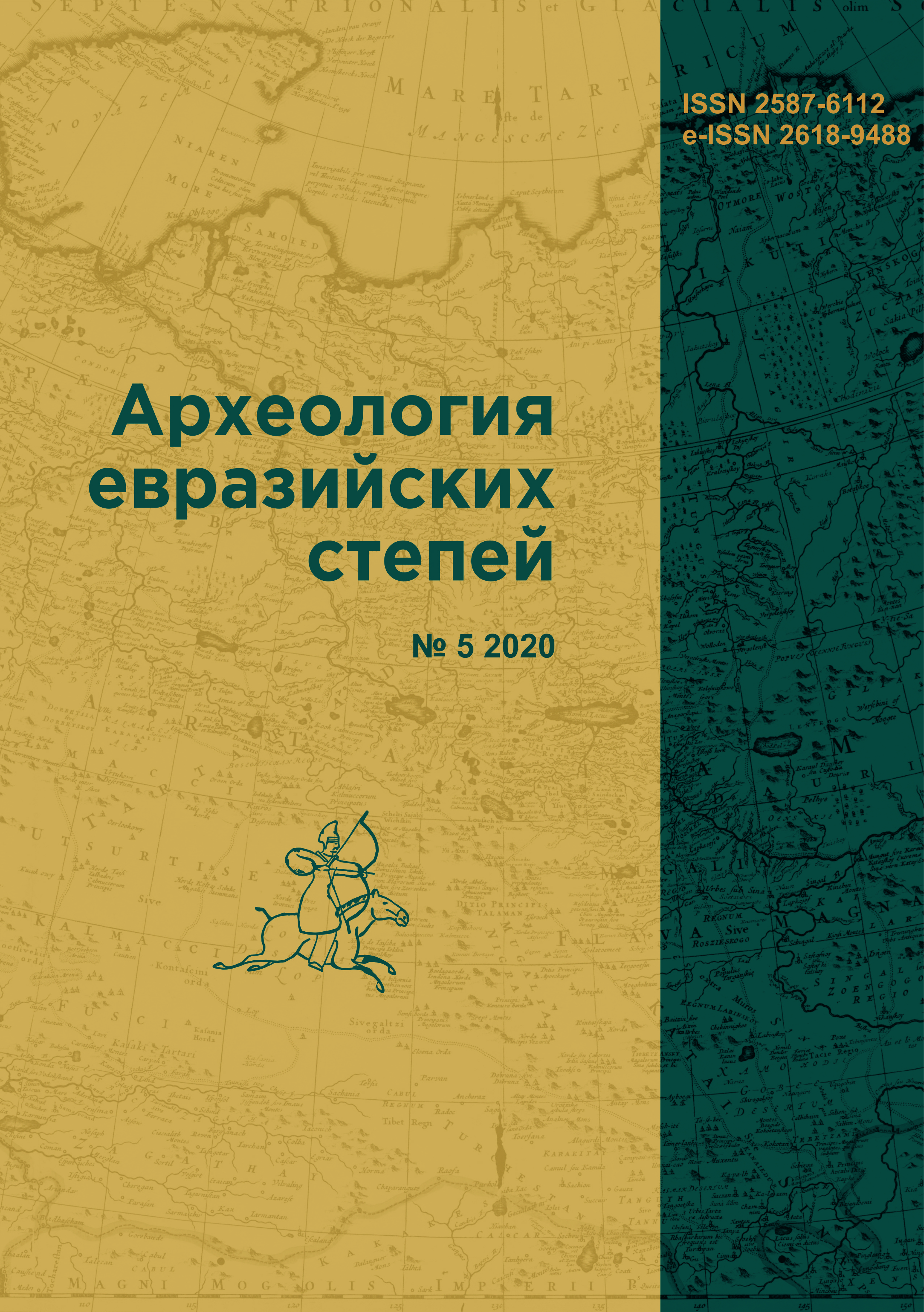INTEGRATING BUILT ENVIRONMENT THEORY IN DEVELOPING A UNIFIED APPROACH FOR UNDERSTANDING HUMAN ENVIRONMENT INTERACTION
DOI:
https://doi.org/10.24852/2587-6112.2020.5.5.11Keywords:
RCHAEOLOGICAL THEORY, SITE RECONSTRUCTION, BUILT ENVIRONMENT, BUILT FORMS, EMBEDDED-IDENTITY, SYMBOLIC MEANINGAbstract
Built environment studies have long been explored in separate spheres of the social sciences with several attempts being made to establish a unified theory on human interaction with the environment. Current discourse on the built environment has remained fragmented between archaeologists and other social anthropologists. Investigating an integrated approach of theoretical frameworks on built environment theory may prove to be beneficial for archaeologists and social anthropologists in understanding human interactions with the environment. The approaches taken by both archaeologists and social anthropologists hold unique benefits that adapted together could provide a stronger conceptualization and development of more through investigations into the relationship human possess with the built environment in past and contemporary societies.
References
Blockley M. Archaeological reconstructions and the community in the UK // The Constructed Past: Experimental Archaeology, Education and the Public / Ed. P. G. Stone, P. G. Planel. Routledge, 2003. Р. 16–18.
Goody J. The fission of domestic groups among the LoDagaba // The Developmental Cycle in Domestic Groups. / Еd. J. Goody, Cambridge University Press, 1971. Р. 347–381.
Hodder I. Economic and Social Stress and Material Culture Patterning // American Antiquity. 44 (3). 1979. Р. 446–454.
Kent S. Analyzing Activity Areas: An Ethnoarchaeological Study of the Use of Space. University of New Mexico Press, 1984. 259 p. Р. 187-189.
Lawrence, D.L., Low, S.M. The Built Environment and Spatial Form // Annual Review of Anthropology. 1990. Voll 19. Р. 435–505.
Lercari, N. 3D visualization and reflexive archaeology: A virtual reconstruction of Çatalhöyük history houses // Digital Applications in Archaeology and Cultural Heritage. 2017. 6. Р. 10–17.
Micoli L., Guidi G., Angheleddu D., Russo M. A multidisciplinary approach to 3D survey and reconstruction of historical buildings. Digital Heritage International Congress Proceedings. 2013. Р. 241–248.
Morgan, L.H. Houses and House-Life of the American Aborigines. University of Chicago Press, 1965. 265 р.
Planel P., Stone P.G. Introduction // The Constructed Past: Experimental Archaeology, Education and the Public. / Ed. P. G. Stone, P. G. Planel. Routledge, 2003. Р. 1–5.
Rapoport A. Human Aspects of Urban Form. Pergamon, 1977. 441 p. Р. 304–307.
Rapoport A. The Meaning of the Built Environment: A Nonverbal Communication Approach. University of Arizona Press, 1990. 253 p. Р.11–81.
Schiffer M.B. Methodological issues in ethnoarchaeology. Explorations in Ethnoarchaeology. / Ed. R. Gould. University of New Mexico Press, 1978. Р. 347–381.
Sitdikov A., Badeev D. Urban Planning in the Territory of Medieval Bolgar // European Research Studies Journal. 2017. Vol. 20. No S Р. 208−214.
Баранов В.С. Благоустройство и его роль в городской культуре // Великий Болгар / Отв. ред. В.С. Баранов, Р.М. Валеев, Р.Р. Салихов, М.Д. Полубояринова, Р.Ф. Шарифуллин. М. Казань: Феория, 2013. С. 232–242.
Валеев Р.М. Международные торговые связи Болгарских земель в X – XIV вв. // Великий Болгар. / Отв. ред. В.С. Баранов, Р.М. Валеев, Р.Р. Салихов, М.Д. Полубояринова, Р.Ф. Шарифуллин. Казань: Феория, 2013. С. 92–97.
Измайлов И.И. Болгар в золотоордынский период (вторая половина XIII - первая половина XV веков) // Великий Болгар. / Отв. ред. В.С. Баранов, Р.М. Валеев, Р.Р. Салихов, М.Д. Полубояринова, Р.Ф. Шарифуллин. Казань: Феория, 2013. С. 55−63.
Коваль В.Ю. Испанская керамика в средневековом Болгаре // Поволжская археология. 2016. №4(18). С. 99−124.
Мухаметшин Д.Г. К вопросу о социально-исторической топографии Великого Болгара в XII-XIV вв. // Диалог городской и степной культур на евразийском пространстве. Историческая география Золотой Орды. Материалы Седьмой Международной конференции, посвященной памяти Г.А. Фёдорова-Давыдова. Казань; Ялта; Кишинёв: Stratum plus, 2016. С. 121−123.
Нигамаев А.З. Города Прикамья в позднемонгольское и раннезолотоордынское периоды: к вопросу о преемственности населения // Археология Евразийских степей. 2017. № 1. С. 239−242.
Шарифуллин Р.Ф. К истории археологического изучения Болгара // Поволжская археология. 2014. №3 (9). С. 56−75.

Downloads
Published
How to Cite
Issue
Section
License
Copyright (c) 2020 Hunter Muirhead

This work is licensed under a Creative Commons Attribution-NonCommercial 4.0 International License.







